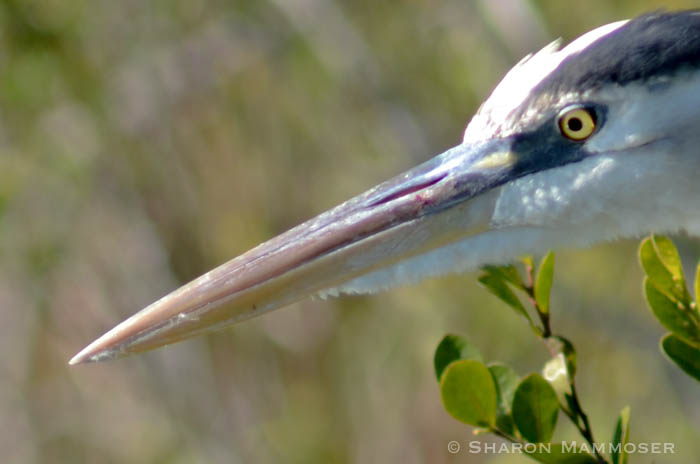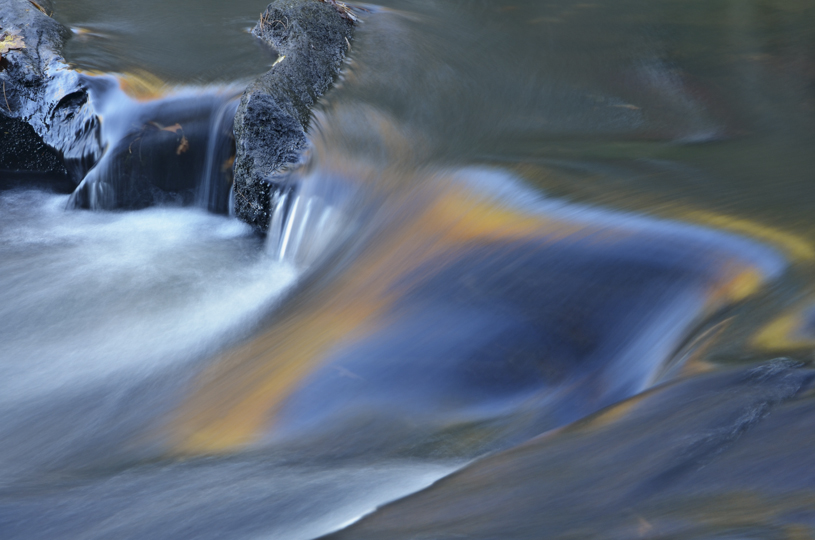Recently I was talking to a woman who was on one of my blue ghost firefly tours about my weekly puzzlers. She was telling me she sometimes shares them with her Mom and that her Mom suggested a new twist on my puzzlers. She thought it would be fun if my photo featured just a small part of the animal, like a bird’s bill, or a mammal’s eye or tail. What a great idea! So I’m trying it here, starting with the bill and face of a bird often seen near ponds, lakes and other wetlands. See what you think.

Can you identify this bird by its bill? I would love to hear from you! Please use the reply box below to give your guess. And for those of you who’ve never replied, please do! I screen the replies because without that I get MANY spam-type replies that feature links to many, many irrelevant and inappropriate websites. I won’t use your information for anything other than replying to you about the blog post.


Hi, Sharon, In view of what visual clues you’re going to create for your Weekly Puzzlers, I have a suggestion for one possibility. Do you have a photo showing the breast and belly of a Northern Flicker displaying its ‘polka dot’ black spots spots against the cream-coloured background of the feathers.
I became intrigued by the black spots that I saw in my recent photos of a pair that were preparing a nesting cavity made in a live poplar one or two years ago by a Pileated Woodpecker. I wondered what the purpose of this weird plumage so untypical of that of a woodpecker is. Reading many years ago that the Red-headed Woodpecker may be aposematic, I thought the Northern Flicker’s spots may also be a warning to possible predators of the formic acid it can ingest without harm by its ant diet, but that most other birds can’t tolerate.
I find the Internet often seems to have as much depth as reading National Geographic; in this case, it wasn’t until I used ‘ornamental’ to describe what I meant that it presented an article from The Auk. Googling ‘Melanin plumage ornaments in both sexes of Northern Flicker’ (part of the article’s title) will bring it up for you. It appears the size of the black spots is an indication of fitness of either sex to be the other’s partner by mutual sexual selection. Of course, the authors tell us more research is needed.
On May 21st a large swath of Ontario was struck by a derecho that damaged power lines, buildings, vehicles, trees, etc. The poplar tree snapped up high, just above the cavity entrance hole, and cracked down to the hole, but on the 25th both birds were modifying the interior and shaking out beakfuls of wood chips. I haven’t been checking on the birds until today, partly to reduce their stress and partly because the city parks crew had erected road barricades with PARK CLOSED signs, fearing that more people than the four already dead may die by falling trees and branches. I couldn’t see or hear the pair, but maybe incubation has started.
Jackson Park has a limited fauna, but I enjoy seeing different behaviours of the animals, mainly birds, that can be seen. I would love to be able to get to the wild places I love, and I find it disheartening now that I can’t. Best wishes, Sharon, Murray
Murray, As always it is nice to hear from you. I will have to read more about the black spots; this is new to me, but I look forward to learning more. I hope your park reopens soon and that you can check on the progress of the woodpeckers. I think birds, and other animals, are pretty resilient, and just keep on changing and adapting to fit their current situations. I’ll look forward to an update soon! Be well.
Blue heron is my guess for this bird’s beak. Special bird to our family as it represents my departed husband. I get to enjoy these birds a lot in FL but also at the Biltmore.
Arden, yes, your guess is correct! Sorry it took me so long to comment.
That’s a great looking blue
Of course you are correct!
Hi Sharon- is this a great blue heron? Thanks for honoring my 91 yo mom in this way! Rosalyn
Rosalyn!! So nice to see you here. Thanks for taking time the time to comment–sorry for delayed response–I never logged onto my computer all week!! Yes! Please thank your Mom for me! This really was a great idea and I’m so happy you mentioned it to me. And yes, it is a great blue heron.